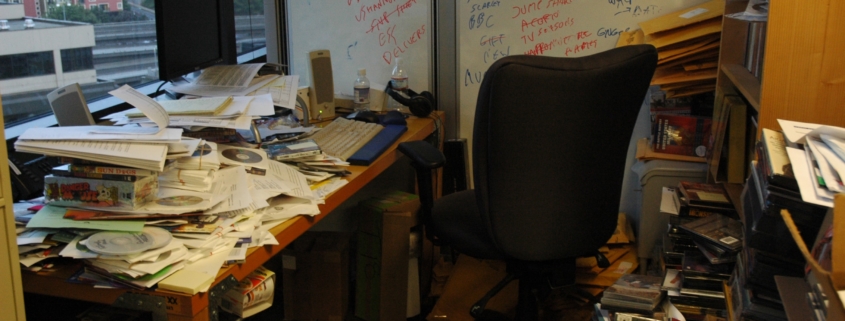Searching For a Family Recipe
In a recent Zoom conversation with family, we began to discuss some of our favorite memories from gatherings that had occurred over the years as well as the classic images, relics, and recipes that we associated with those formative times.
As the conversation continued, aunts, uncles, sisters, grandparents, and the like began exiting the small rectangular frame to retrieve those artifacts.
Specifically, my mother disappeared for nearly 45 minutes after the family recipe for our late grandmother’s strawberry pie was requested.
She would periodically return with updates like, “Perhaps it is in the attic” or “You know what, I bet it is in the armoire in the basement.”
There was even blame, accusation, and speculation thrown around as to who was that last person to have possessed this coveted piece of our history — only in the end to finally discover that it was printed on the back of a pie plate that was tucked into her dining room buffet.
In this scenario, no money was wasted, but certainly, loss of time and energy was combined with unnecessary frustration. It was immediately decided that we needed some form of a central location to store records or copies of all of these priceless documents.
Searching For A Facility Management Document
Even though this anecdote appears trivial, the same concept can be applied to the scale of a larger organization such as a church or a parks department where record keeping including not only the history but also the management of the facilities is extremely important.
For a moment, envision the time wasted and frustration mounted by managers and employees trying to search through a digital archive for a receipt for a piece of equipment only to find that the purchase information was in fact stored in a filing cabinet in another department or office.
In the time spent searching for the receipt, the piece of equipment could have been replaced or fixed.
Consolidating Documentation For Facility Management
In industries with high turnover rates as well as in a season of layoffs and uncertainty which will undoubtedly be followed by a time of careful transition, it is important to consolidate documentation and artifacts.
Individuals now and moving forward will likely be expected to be able to complete tasks and share information remotely and in more innovative ways in order to save time and resources as well as to improve safety and preserve history.
With multiple generations collaborating in the same workforce, each brings their own knowledge as well as their own methodology for organization which can create confusion as well as leave cracks in the communication that prevent work orders from being completed or from tasks such as preventative maintenance being addressed.
By incorporating a technological tool to streamline the storage of all of this information, individuals can more easily connect the dots and communicate more clearly to retrieve what is needed to solve a problem.
Creating a Digital Twin Of Your Facility
Though many institutions, municipalities, and companies have stayed at the forefront of incorporating technological tools into the everyday fabric of their functions, one area that can sometimes be overlooked is the archives of facilities.
These facilities have often been around for a very long time and seen multiple waves of technology or forms of document storage. eFacility has the capability to function on larger projects to increase the efficiency at corporate chains (such as grocery stores), hospital and health systems, as well as in city departments (such as a water authority).
Moreover, government organizations that oversee multiple facilities such as a water authority, parks department, city government, state government, etc. have information stored everywhere.
Some facility managers desire to scan all of their old documents so they are stored in one central location. In some instances, there are thousands (maybe hundreds of thousands) of documents from wide ranges and timeframes from when these organizations started.
A lot of the more dated information is on paper in filing cabinets or boxed up in storage units. In other cases, even modern documentation is spread across different systems. eFacility can help to scan all of the old and recent documentation, organize it, and make it more easily accessible in the future.
ROI Of The Best Facility Document Management Practices
A quote often attributed to Benjamin Franklin states, “For every minute spent organizing, an hour is earned.”
I would dare to add that for every minute spent streamlining documentation and archival material hours are freed up for innovation and dollars are freed up to execute those ideas.
By implementing technological tools such as eFacility, organizations have the capability to preserve institutional knowledge and to prepare for future use or evolution.



